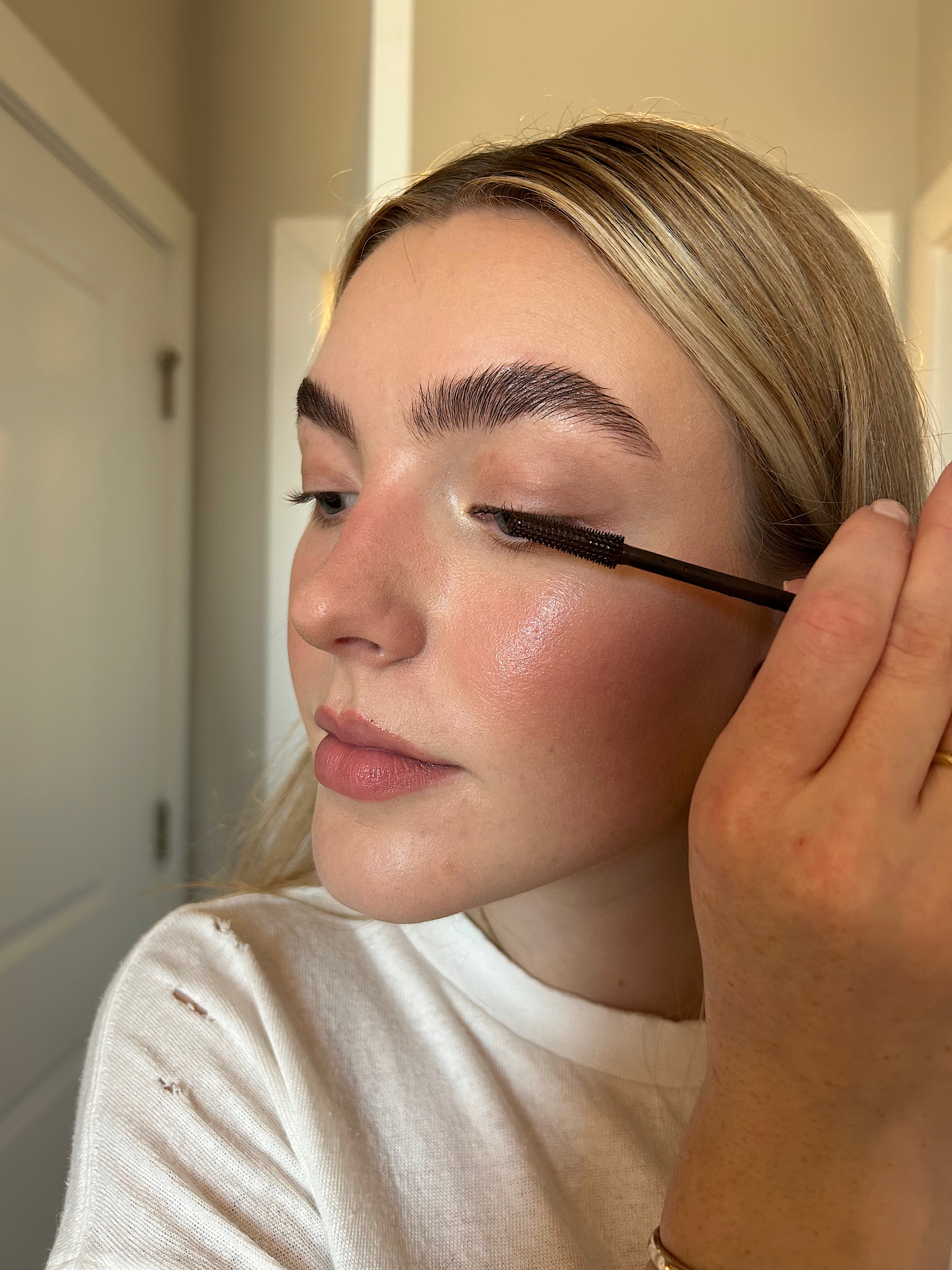
Exfoliation: Chemical vs. Physical
Exfoliation is defined as the removal of dead skin cells and buildup from the skin’s surface. It minimizes the appearance of pores, makes your skin look brighter, and allows serums to penetrate deeper into the skin. Exfoliating can work wonders, however, like most skincare rituals, too much can have adverse effects on our skin’s natural barrier. We have come a long way from the harsh face scrubs containing microbeads and other abrasive exfoliants, but there are so many products on the market today that it can be difficult to narrow down your shopping cart. To start, it’s important to differentiate the two types of exfoliation: chemical and physical. Below is a breakdown of the two subcategories along with our recommendations, making it easy to choose the exfoliant that right for your skin type.

Although both chemical and physical exfoliants remove dead skin cells and promote cellular turnover, they do so in different ways. Physical exfoliants are scrubs that contain small, rough particles that physically remove dead skin and impurities from the face and body. Common physical exfoliants include sea salt, sugar, jojoba beads, and ground-up nuts. Although highly effective, some physical exfoliants are too harsh for sensitive skin. If your skin is sensitive, stick to scrubs that contain ultra-fine particles because they will be gentler than course scrubs. Our go to is the Mukti 2-in-1 Resurfacing Exfoliant. It’s both a physical and a chemical exfoliant, so you get the best of both worlds! What gives it its scrubby texture is finely ground bamboo particles. Expect nothing short of glowing skin when using this ultra-gentle scrub twice per week.
Chemical exfoliants are most often found in cleansers, toners, and serums. They are acids or enzymes that dissolve dead skin and buildup without the scrubby texture. Most chemical exfoliants are either classified as AHAs (alpha-hydroxy acids) or BHAs (beta-hydroxy acids). AHAs, like glycolic acid and lactic acid, gently exfoliate the skin and boost collagen production all at the same time, making them great for dryer skin types. While AHAs are water soluble, BHAs are oil soluble, meaning they are best for normal to oily skin. BHAs, like salicylic acid, penetrate deeper to unclog pores and prevent acne. AHAs and BHAs are often used together for an extra boost of exfoliation. Because chemical exfoliants don’t contain those scrubby particles, they are often considered safer for sensitive skin types and can be used more frequently than physical exfoliants. A great option for everyday use is the Agent Nateur Acid Wash, the Josh Rosebrook Daily Acid Toner, and the AYUNA The Facial High. These products are infused with exfoliating acids, and skin nourishing plant enzymes, so they are the perfect way to make dull skin glowy and youthful looking!
Sources:
- https://goop.com/beauty/skin/why-you-need-both-chemical-and-physical-exfoliation/
- https://www.dermstore.com/blog/chemical-exfoliation-vs-physical-exfoliation/
- https://www.herocosmetics.us/blogs/news/physical-vs-chemical-exfoliants-which-one-is-right-for-you
- https://www.byrdie.com/aha-vs-bha


